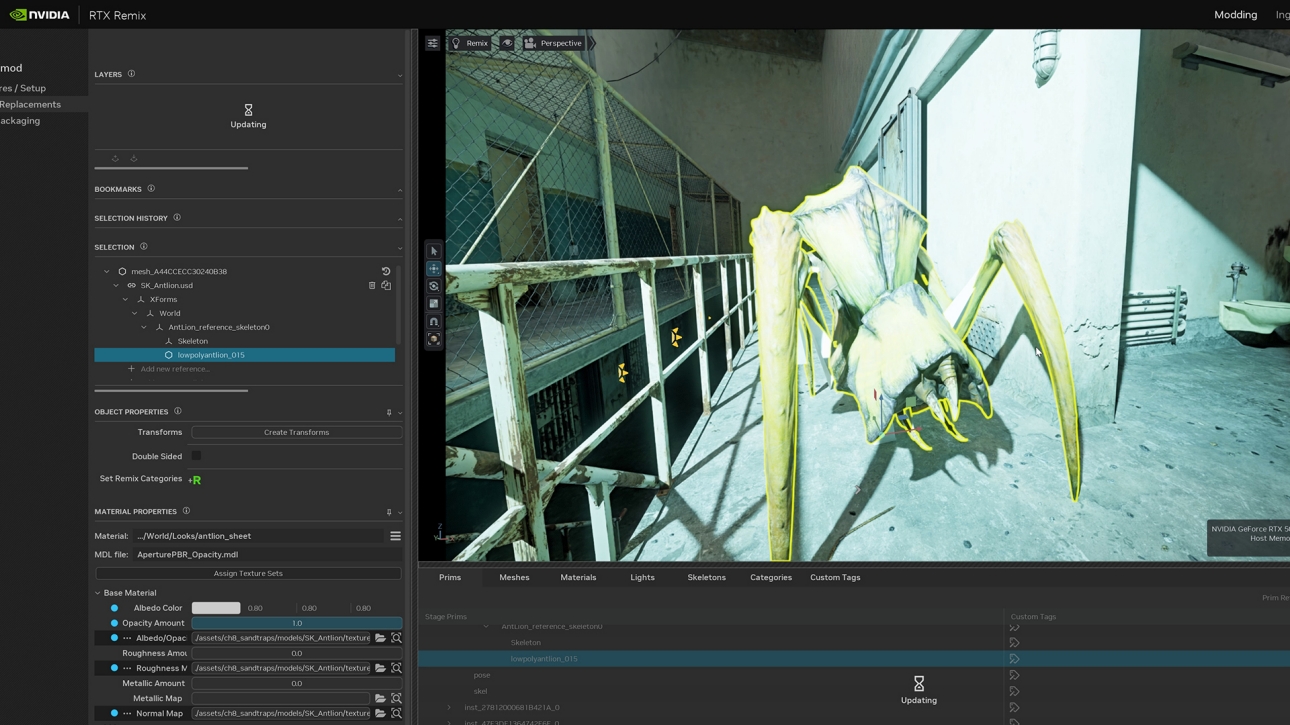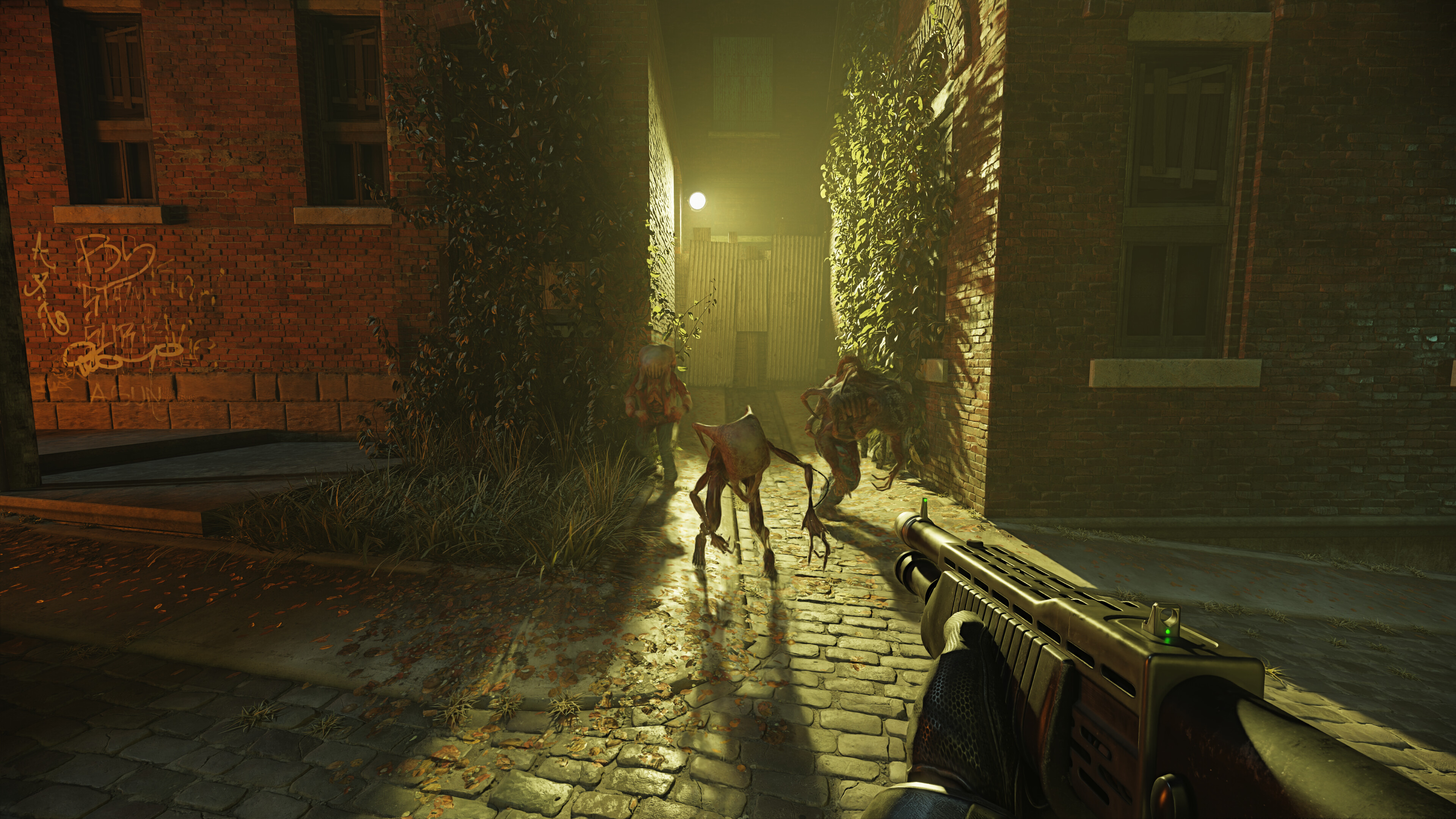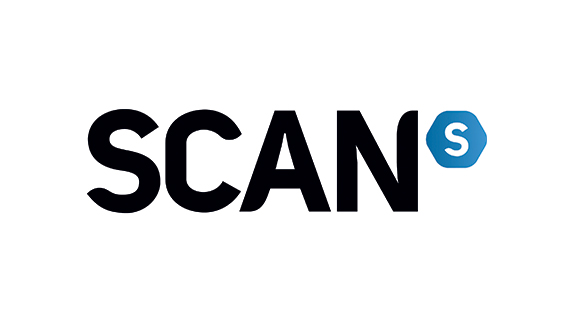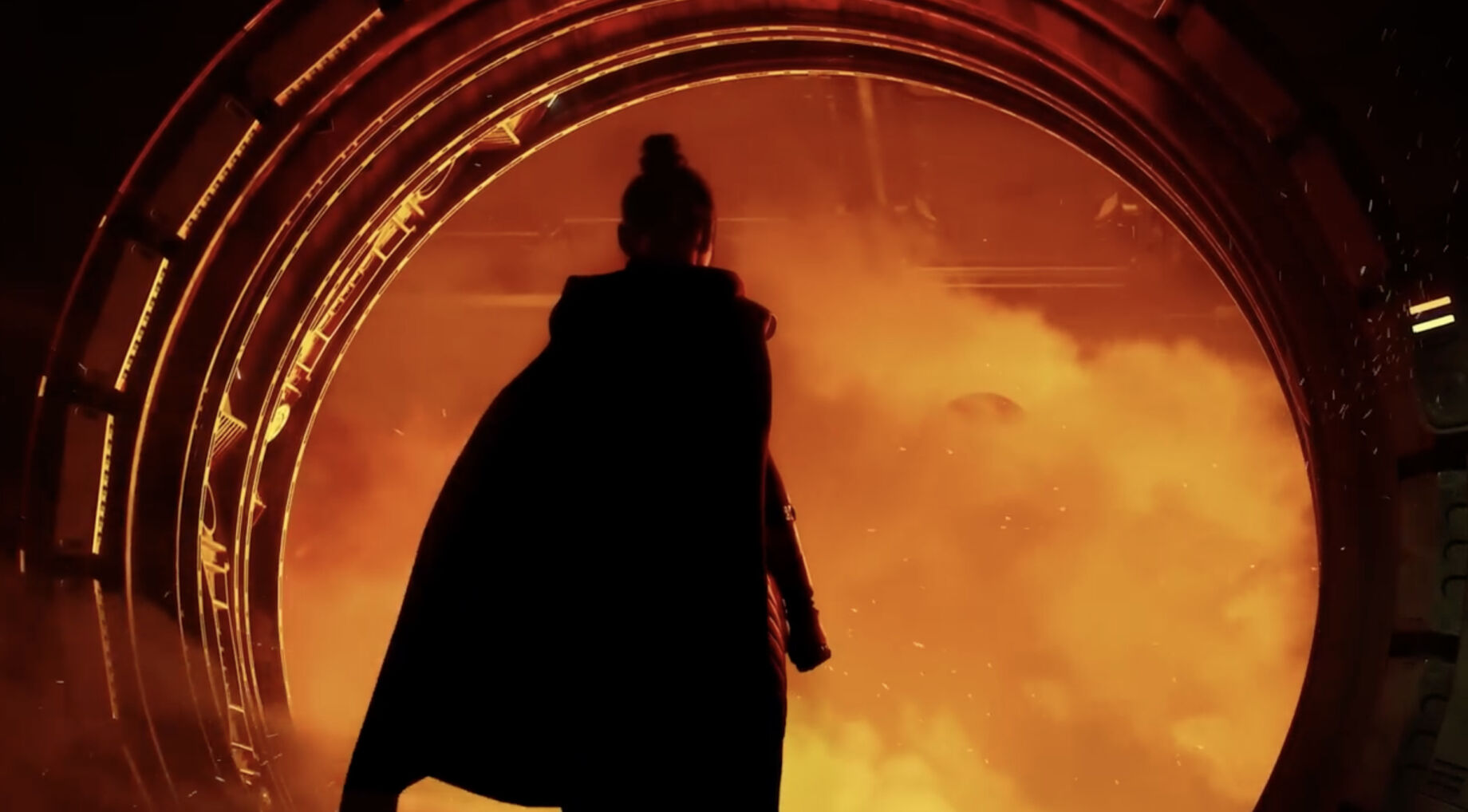How to create a standout retro game remake: an interview with Half-Life 2 RTX’s David Driver-Gomm
The co-lead of Half-Life 2 RTX explains how NVIDIA RTX Remix has enabled his team to update a classic game for a new generation of players.

NVIDIA RTX Remix is a powerful tool that allows practically anyone to create incredible modern remasters of classic games. With this open-source platform, budding modders can capture game assets, and then set about updating and enhancing them to create incredible RTX remasters, either by hand the old-fashioned way, or with cutting-edge generative AI tools.
David Driver-Gomm is co-lead on what is possibly one of the most exciting RTX Remix projects running right now – Half-Life 2 RTX. It’s a fully ray-traced remaster of what is arguably Valve’s masterpiece, bringing classic environments like Ravenholm and Nova Prospekt vividly to life like we’ve never seen them before. PC Gamer’s Jacob Ridley described the demo as leaving him ‘hankering for more’.
Remastering such an iconic game is obviously a hugely exciting project – but surely a daunting one too, with fans’ high expectations resting on the team’s shoulders. We were thrilled to be given the opportunity to speak to David about what it’s like to take on such a task, and learn a little more about what it takes to remaster a retro video game.
What would you say are the key challenges of updating a retro video game for a modern audience?
Concern number one is respecting the original vision whilst identifying sensible places to increase detail. For example, an asset like a propane tank might have been too low resolution in the original to justify a detail like a warning label with written text, but once we move up the resolution – sometimes by as much as 800% – we have to start thinking about what the real-world applications of these assets are, and what we should add to the remastered model.
But, of course, we don't want to lose the original artistic intent behind an asset. Sometimes, game developers use unusual reference material; for Half-Life 2, for example, uncommon weapons like the USP Match or pre-production variants of weapons like the MP7 were used as the reference for their original designs. So, when we increase the fidelity, we try to match their reference material rather than changing the intent, even if that would make more “logical” sense.
The greatest challenge is walking that line between the realism in both lighting and asset quality that RTX Remix allows, and artistic decisions made in the original game that aren't necessarily in line with reality.
Looking at Half-Life 2, what have your main priorities been for the development process?
Number one is, of course, is respecting Half-Life 2's legacy as a title – adding detail where we can, but not fundamentally altering the vision behind the game. We try to tease out where decisions were made due to technical limitations and which ones were intentional. This goal is greatly assisted through the existence of Half-Life Alyx, which is the most modern-fidelity take on Half-Life's world that exists from Valve, and it helps answer a lot of questions like: what would Combine materials look like at modern graphical standard? Where it makes sense, we're taking some of the philosophy behind the detail in HLA and then using it in a remake of an asset closer to the Half-Life 2 equivalent, instead of using HLA's outright.
Beyond that, we're making edits to levels that are carefully calibrated not to affect gameplay, but which help our versions of the levels take full advantage of RTX – such as smoothing corners, adding extra segments to cylinder assets, trims to the edges of some textures, and more. At its peak, we're taking brushwork from the original game that was very basic and remaking it as a brand-new asset that fully represents the intended use of the original geometry.

What AI tools have you been able to incorporate?
HL2RTX is actually fully human-driven with regards to asset creation – every asset is made by hand. We use some AI rendering techniques inherited through RTX Remix like DLSS Upscaling, frame generation, and Neural Radiance Cache (NRC) which help render all of our hard work as performantly as possible.
The wider RTX Remix modding community – which is usually solo devs or much smaller teams than HL2RTX – sometimes use AI upscaling tools on original game textures as a baseline for their remaster, and then also use AI tools to help generate PBR material maps for these textures.
The RTX Remix runtime and toolkit are both enablers for the remaster in the most critical sense – we wouldn't be able to put assets of this fidelity and have lighting that looks this accurate without the runtime, and the toolkit presents an intuitive flow for replacing assets and getting a preview of how they appear.

There have been quite a few retro game remakes in recent years – any you’ve taken particular inspiration from?
Whilst not strictly speaking a remaster, we have referred to Half-Life Alyx extensively as an example of updated Half-Life art design, particularly with regards to Combine assets. Otherwise, no specific titles have been referenced, but we have carefully examined what made some remasters more successful or well received than others, and are trying to cover the same ground in Half-Life 2 RTX.
What tips or advice would you have for someone embarking on their own retro video game remake project?
RTX Remix is absolutely a very powerful tool for remaking a compatible older game, allowing you to achieve a level of fidelity impossible otherwise. Remastering a whole game can be a time- and labour-intensive process, so smaller teams using AI tools to get an outline of their vision and project goals is a good place to start.
Instead of targeting an entire game, it's also generally worth selecting a slice of a game and remastering just that. This keeps your scope focused and achievable, and you can then deliver that slice as a "demo" release both to garner interest in your project for recruitment purposes, and to identify workflows that will scale to the rest of the game.
Lastly, besides AI-powered asset creation, you can dig into royalty-free asset libraries and resources made available to the community, such as HL2RTX's demo asset base, to get a head start on remaking certain assets to a hand-made level of fidelity.

Daily design news, reviews, how-tos and more, as picked by the editors.

Jon is a freelance writer and journalist who covers photography, art, technology, and the intersection of all three. When he's not scouting out news on the latest gadgets, he likes to play around with film cameras that were manufactured before he was born. To that end, he never goes anywhere without his Olympus XA2, loaded with a fresh roll of Kodak (Gold 200 is the best, since you asked). Jon is a regular contributor to Creative Bloq, and has also written for in Digital Camera World, Black + White Photography Magazine, Photomonitor, Outdoor Photography, Shortlist and probably a few others he's forgetting.


